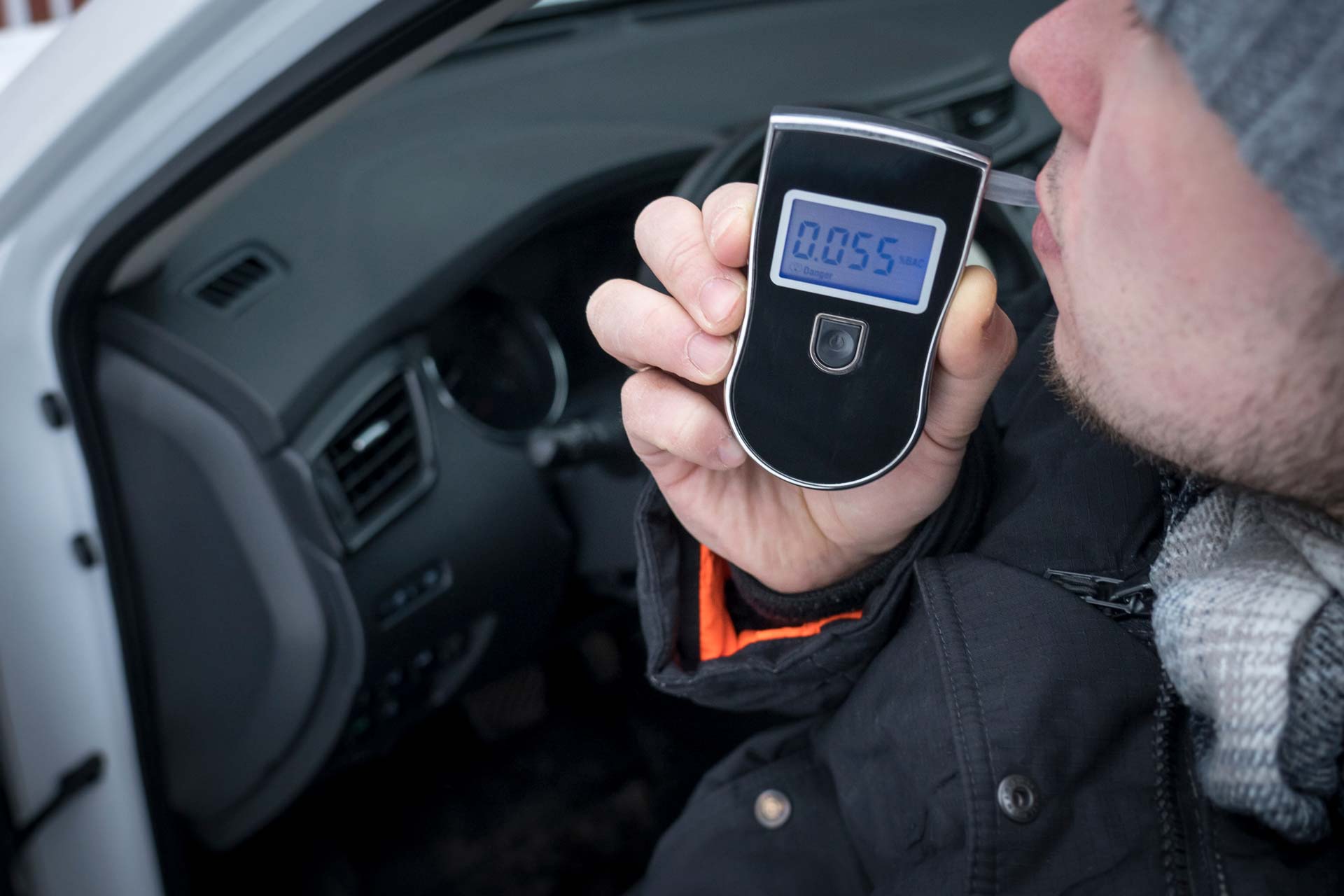A Step Towards Safer Roads by Lowering BAC to .5
New York State is considering a significant change to its drunk driving laws by lowering the legal blood alcohol concentration (BAC) limit from .08 to .05. This proposal aims to reduce the number of alcohol-related accidents and fatalities on the state’s roads. The initiative has sparked a debate among various stakeholders, including lawmakers, public health officials, and the general public.
The Current Landscape
Currently, in New York, as in most states across the U.S., the legal BAC limit for drivers is set at .08. This standard has been in place for many years and aligns with the national limit. However, research and statistics have shown that impairment can begin at lower BAC levels, leading to decreased reaction times, impaired judgment, and reduced coordination.
The Push for Change
The move to lower the BAC limit is backed by numerous studies and examples from other countries. For instance, countries such as Australia, France, and Germany have set their BAC limits at .05 or lower and have seen a significant reduction in alcohol-related crashes and fatalities. Advocates argue that adopting a .05 BAC limit in New York could have similar positive outcomes.
A study by the National Highway Traffic Safety Administration (NHTSA) found that drivers with a BAC of .05 to .07 are 7 times more likely to be involved in a fatal crash than sober drivers. At .08, the risk increases to 13 times. These statistics highlight the dangers posed even by lower levels of alcohol consumption when driving.
Public Health and Safety Benefits
Lowering the BAC limit to .05 is seen as a public health measure aimed at saving lives. According to the Centers for Disease Control and Prevention (CDC), nearly one-third of all traffic-related deaths in the United States involve a drunk driver. In New York, this translates to hundreds of lives lost each year. By reducing the legal BAC limit, New York could potentially prevent a significant number of these deaths and injuries.
The American Medical Association (AMA) and other health organizations have long supported lowering the BAC limit to .05, citing evidence that impairment begins at much lower levels than previously recognized. These organizations argue that the move would send a clear message about the dangers of drinking and driving, potentially leading to a cultural shift in attitudes toward alcohol consumption and driving.
Opposition and Concerns
While the proposal has strong support from public health officials and safety advocates, it faces opposition from various quarters. Some argue that lowering the BAC limit could unfairly target social drinkers who consume alcohol responsibly. The hospitality industry, including bars and restaurants, has expressed concerns that stricter BAC limits could negatively impact their businesses.
Opponents also point out that enforcement and public awareness are critical components of any successful drunk driving prevention strategy. They argue that more stringent penalties, increased sobriety checkpoints, and public education campaigns could be more effective in reducing drunk driving incidents than simply lowering the BAC limit.
As New York State considers this significant change, the debate continues. Lawmakers will need to weigh the potential benefits of reduced fatalities and injuries against the concerns of constituents and industry stakeholders. Public hearings and consultations are expected to take place, providing an opportunity for all voices to be heard.
In the meantime, the conversation about lowering the BAC limit to .05 is raising awareness about the dangers of drunk driving and the importance of responsible alcohol consumption. Whether or not the proposal becomes law, it underscores a commitment to making New York’s roads safer for everyone.
The proposal to lower New York State’s blood alcohol limit to .05 represents a proactive step toward enhancing road safety and reducing alcohol-related accidents. While it faces challenges and opposition, the potential public health benefits are substantial. As the state deliberates this important issue, it is crucial to consider the evidence, listen to all stakeholders, and prioritize the safety and well-being of its residents.
Lowering the BAC limit could be a game-changer in the fight against drunk driving, potentially saving countless lives and making New York a safer place for all road users.






